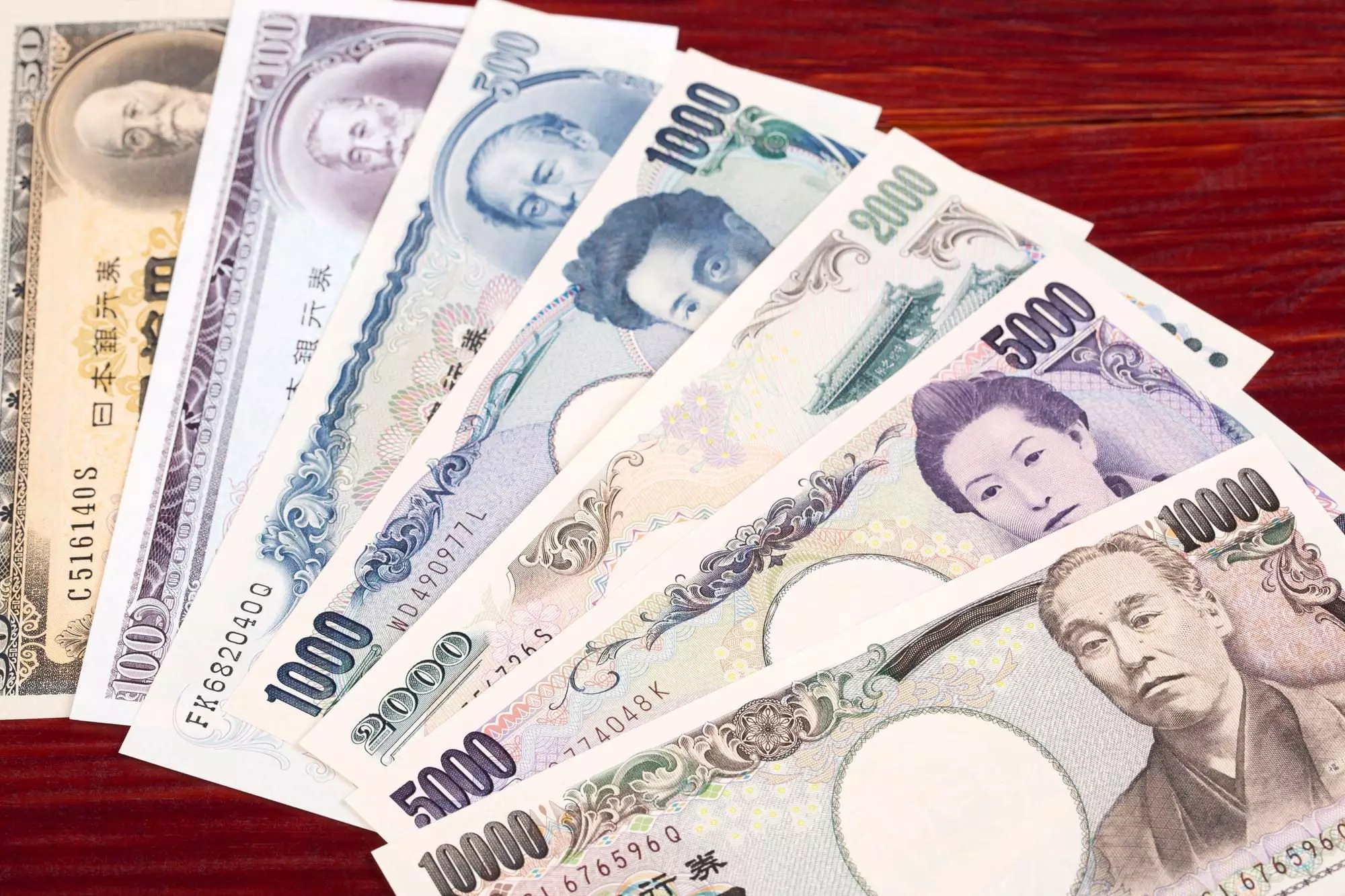
- Forex
Japanese yen falls to 34-year low
Do you want to know how to make money from this?
Register for free and get expert advice, access to a training course and webinars.
Key points:
- The yen fell below 155 yen to the US dollar for the first time in 34 years.
- The likelihood of BOJ intervention in the market has increased due to the weakening of the yen.
- The US dollar also suffered some losses against other currencies on Thursday.
The yen fell below 155 to the US dollar on Thursday for the first time in 34 years, remaining under pressure amid the Bank of Japan’s (BOJ) monetary policy meeting. Traders are now wary of increased chances of the BOJ intervening in the market to strengthen the yen.
Since the beginning of the week, the Japanese currency has been fluctuating in a narrow range, but on Tuesday the US dollar was able to break through the key level of 155 yen, reaching its highest since 1990.
Will the Japanese regulator intervene in the yen exchange rate?
The US dollar continued to rise against the Japanese currency on Thursday, reaching a 34-year high of 155.74 yen.
The dollar’s gains were limited by rumors of possible intervention by the Japanese government to support the yen. The psychologically important level of 155 yen is considered by some market participants to be the “red line”, after which Tokyo will be forced to take action.
It is expected that following the meeting of the Bank of Japan, it will keep the short-term target interest rate unchanged. This will be the second step after the landmark decision to exit the negative interest rate zone last month.
Despite expectations of gradual policy tightening and a low terminal interest rate, the yen is unlikely to strengthen significantly, even given its historically low level.
Bank of Japan Governor Kazuo Ueda this week said the central bank would raise interest rates again if inflation trends accelerate to the 2% target as expected.
The dollar is in a slight minus
However, following upbeat business activity data in the eurozone and the UK, the US dollar also suffered some losses against other currencies on Thursday. The euro rose 0.1% to $1.07085, slightly off a one-week high hit on Wednesday. The pound sterling was little changed, trading at $1.24675.
The U.S. dollar index, which tracks the dollar against a basket of six major currencies, fell slightly to 105.77 but remained above the two-week low hit the previous day.
Trading in Asia was slow on Thursday due to holidays in Australia. However, the Australian dollar was able to strengthen 0.14% to $0.65065, helped by the Reserve Bank of Australia’s (RBA) interest rate cuts this year. The New Zealand dollar rose 0.03% to $0.5937.
Do you want to know
How to make money from the news
Register for free and get:
- Expert consultation;
- Access to the training course;
- Opportunity to participate in webinars

